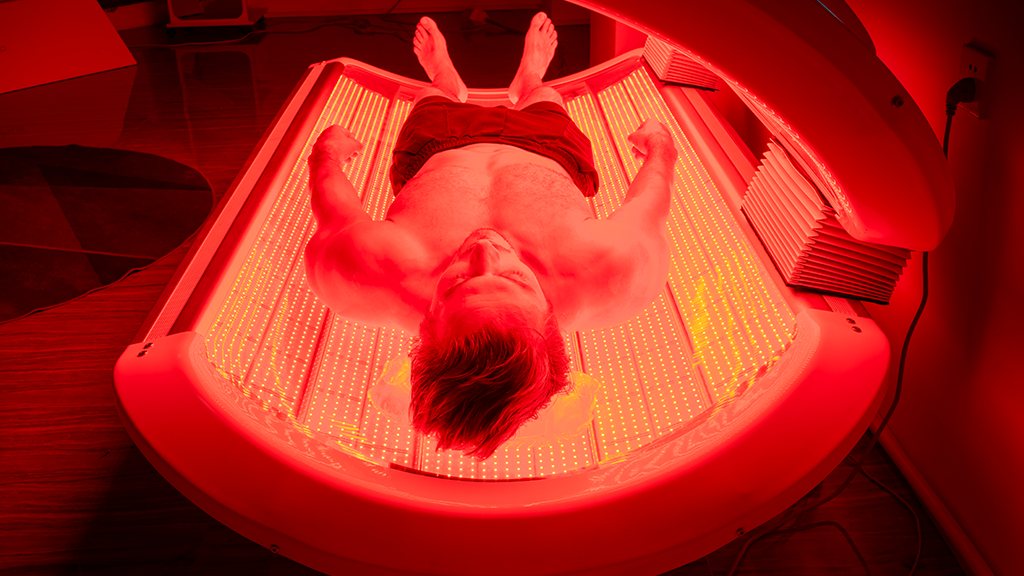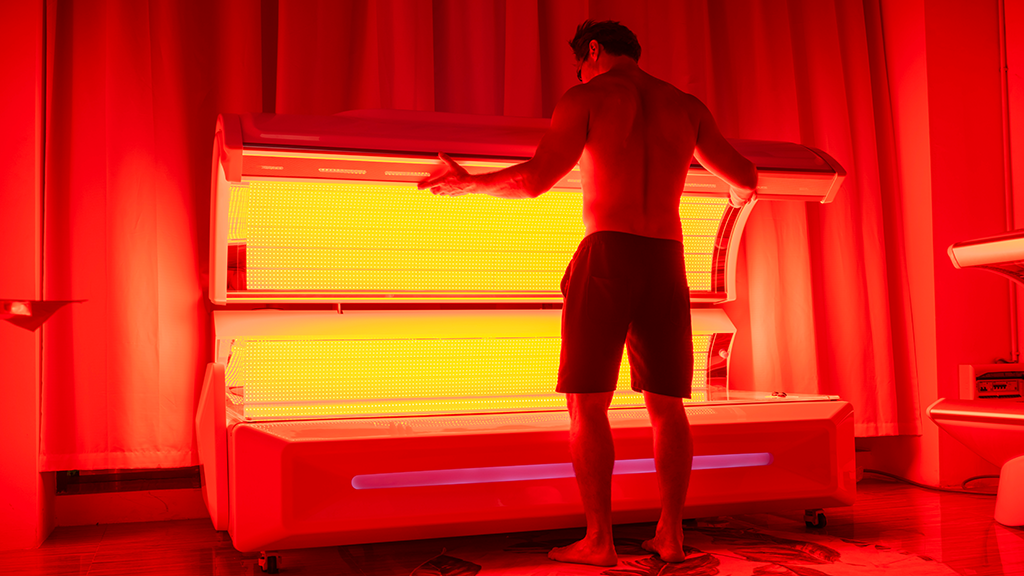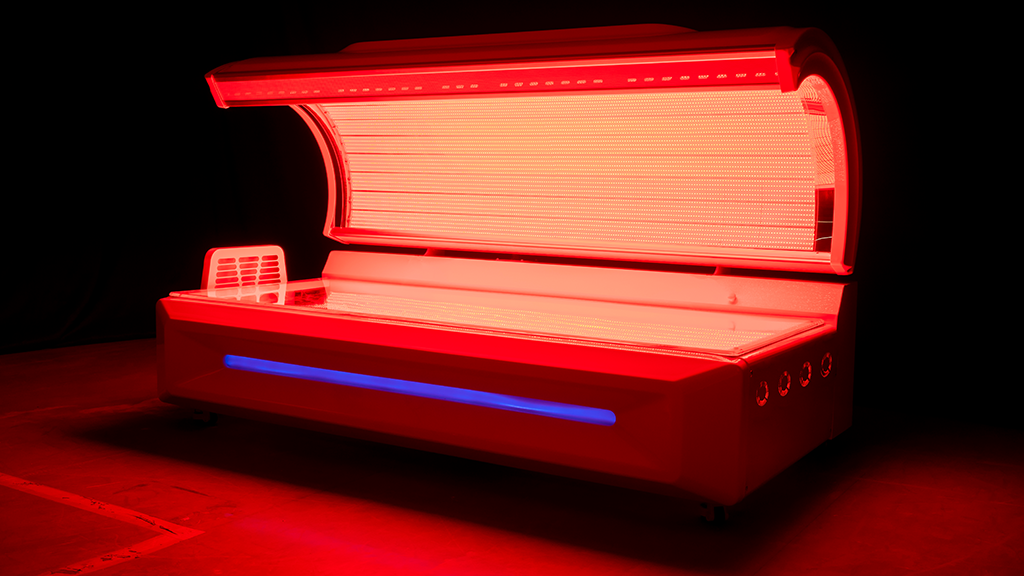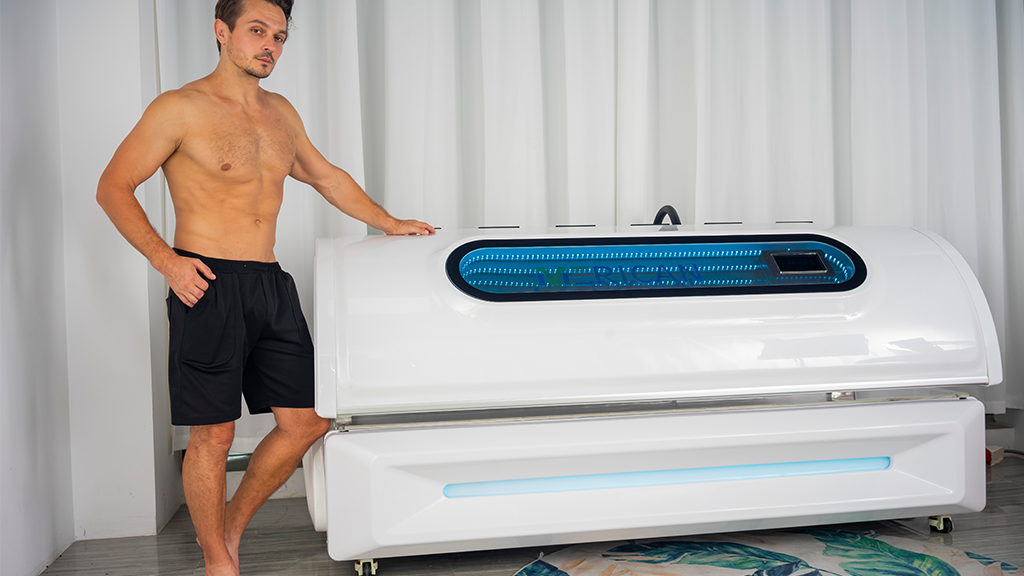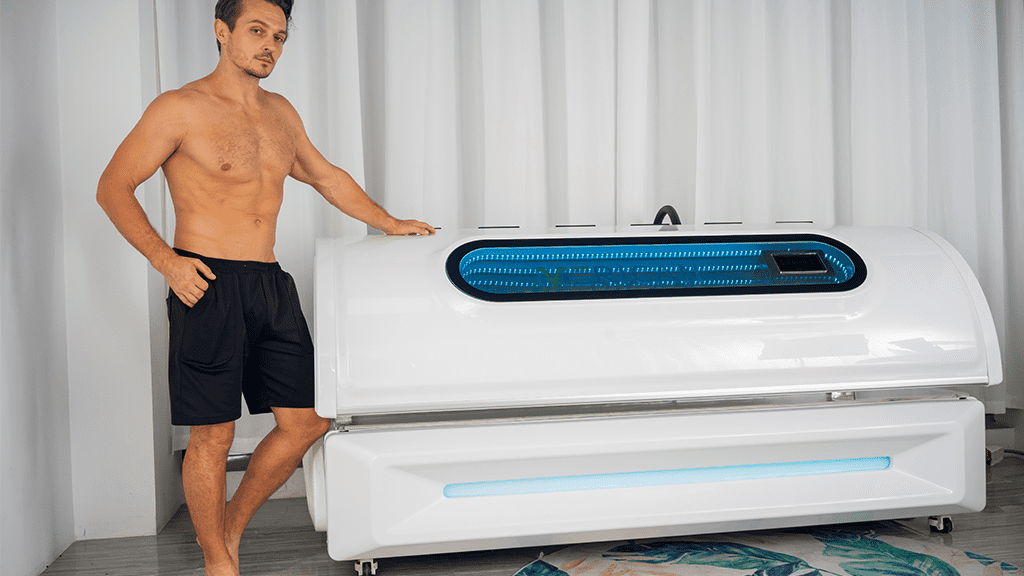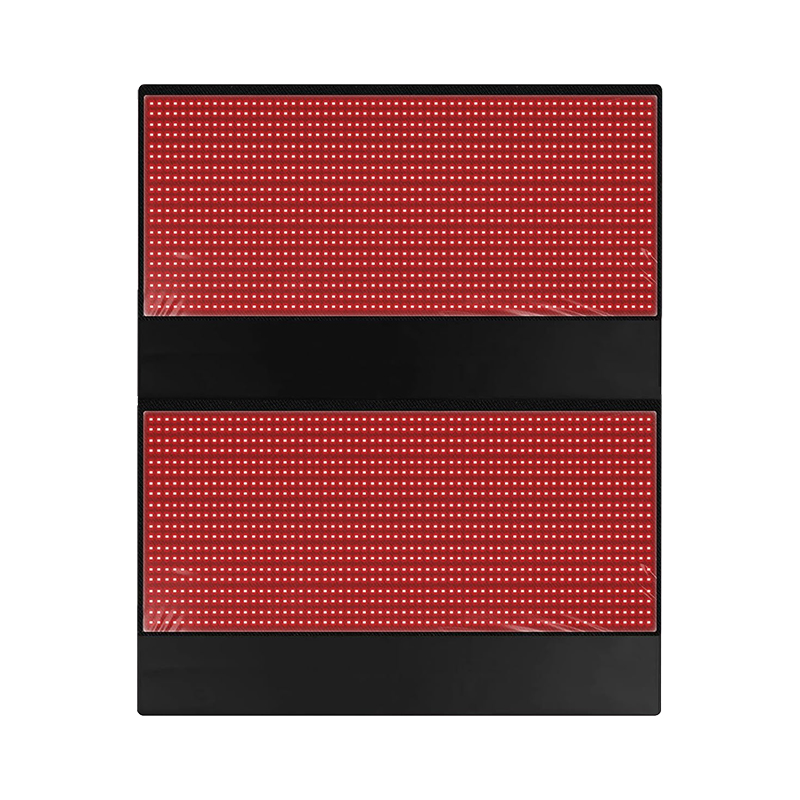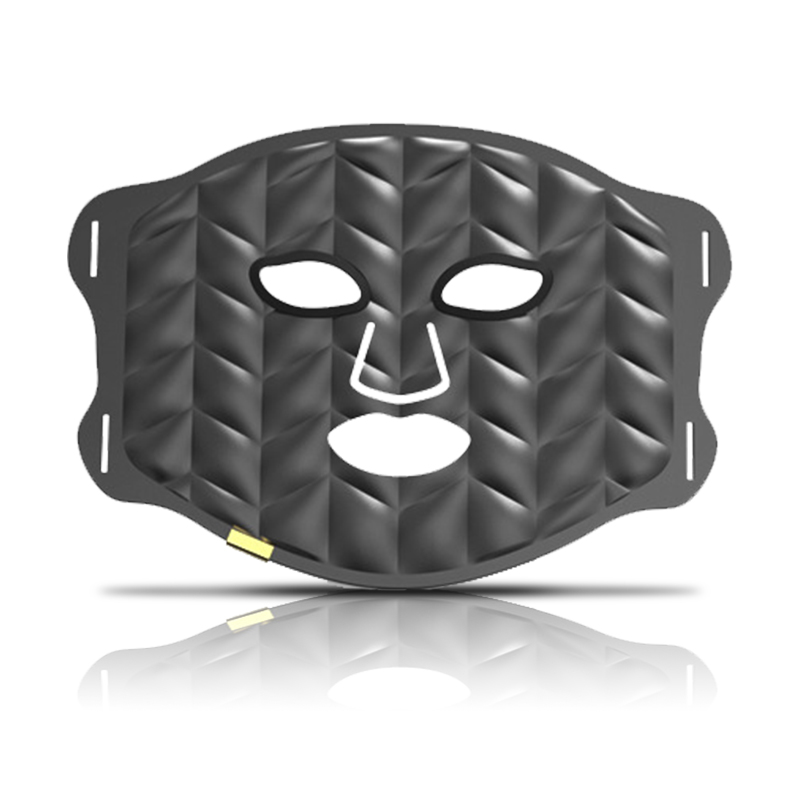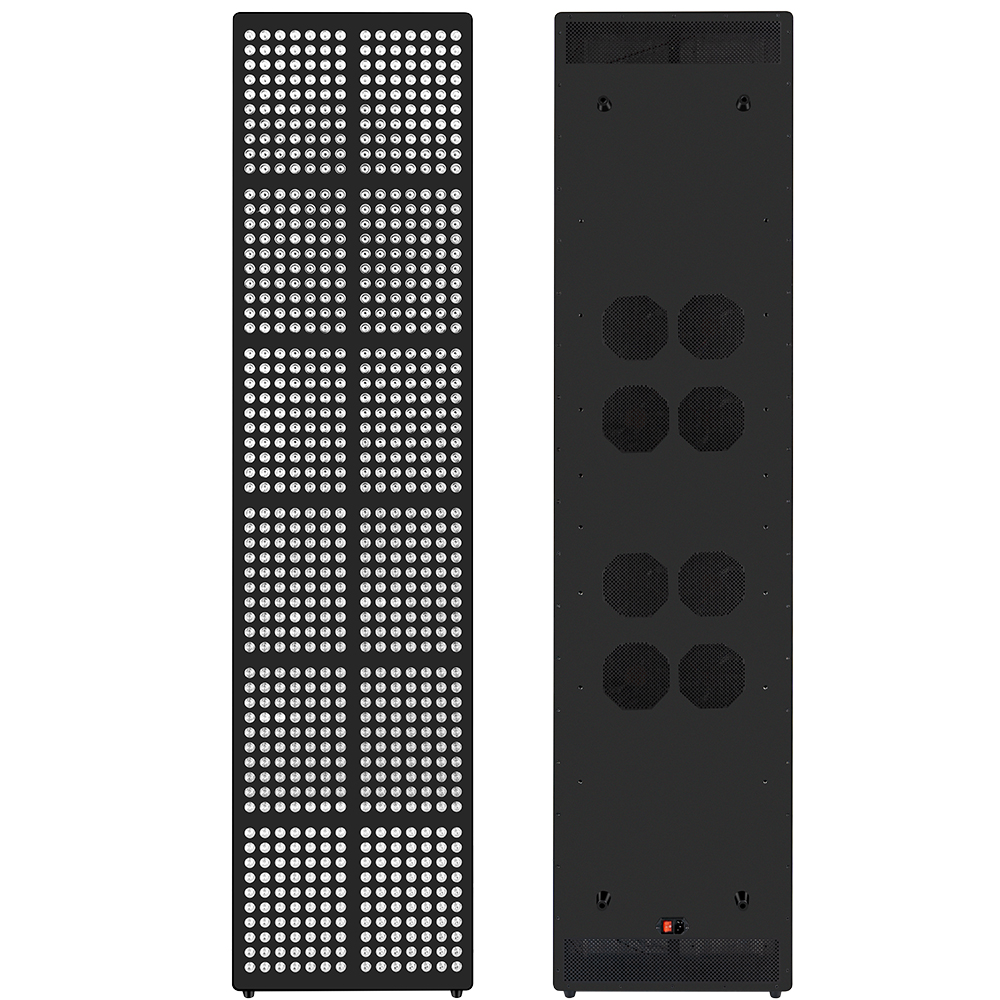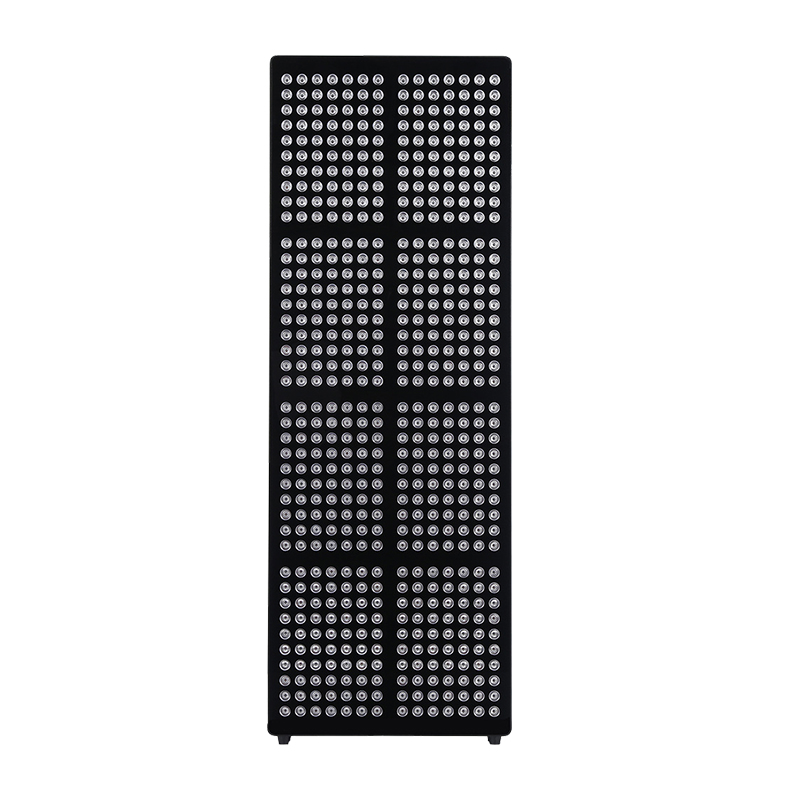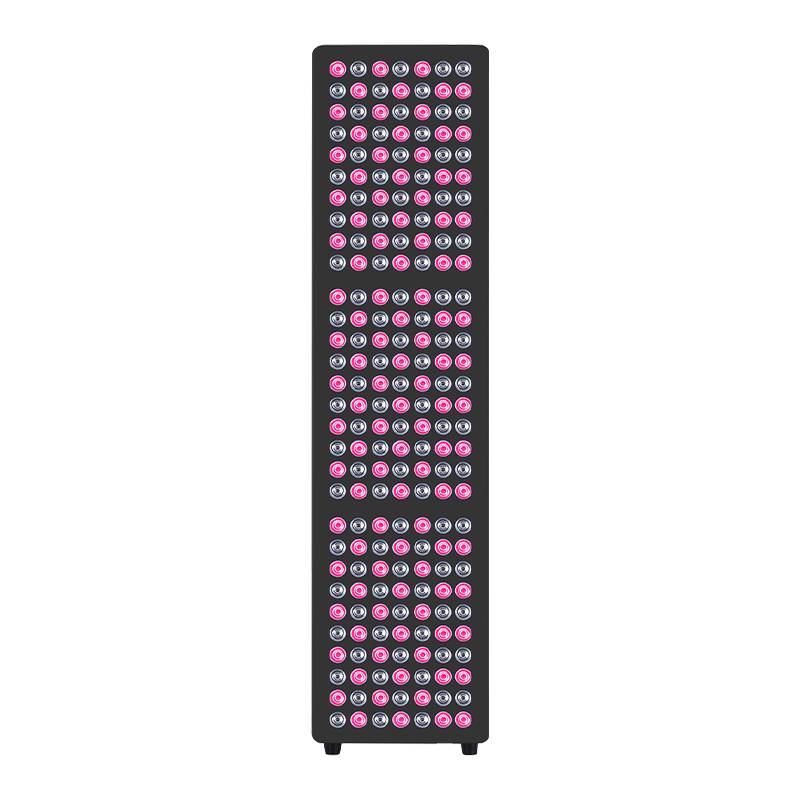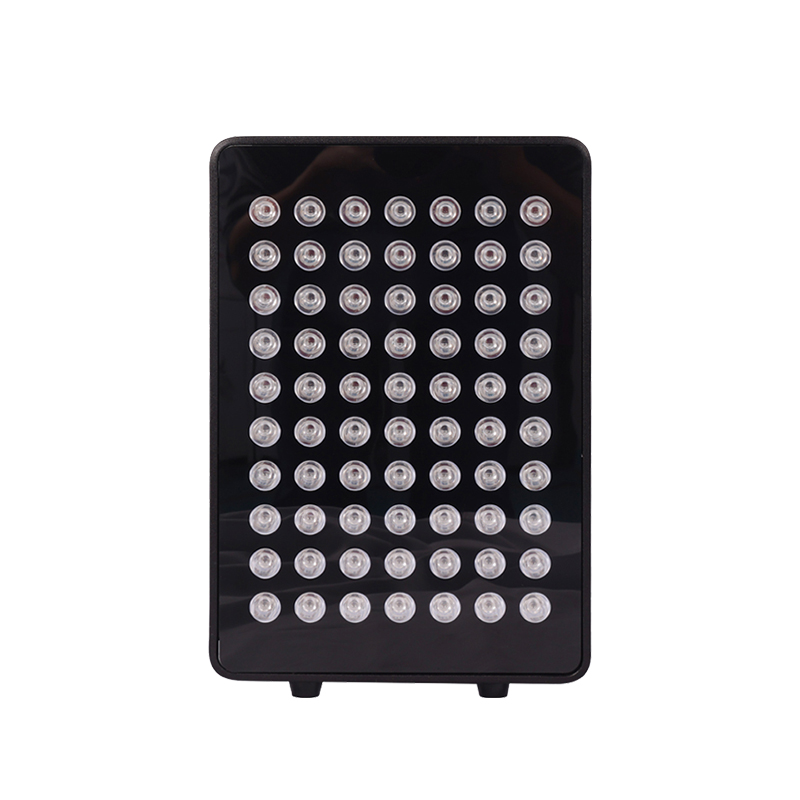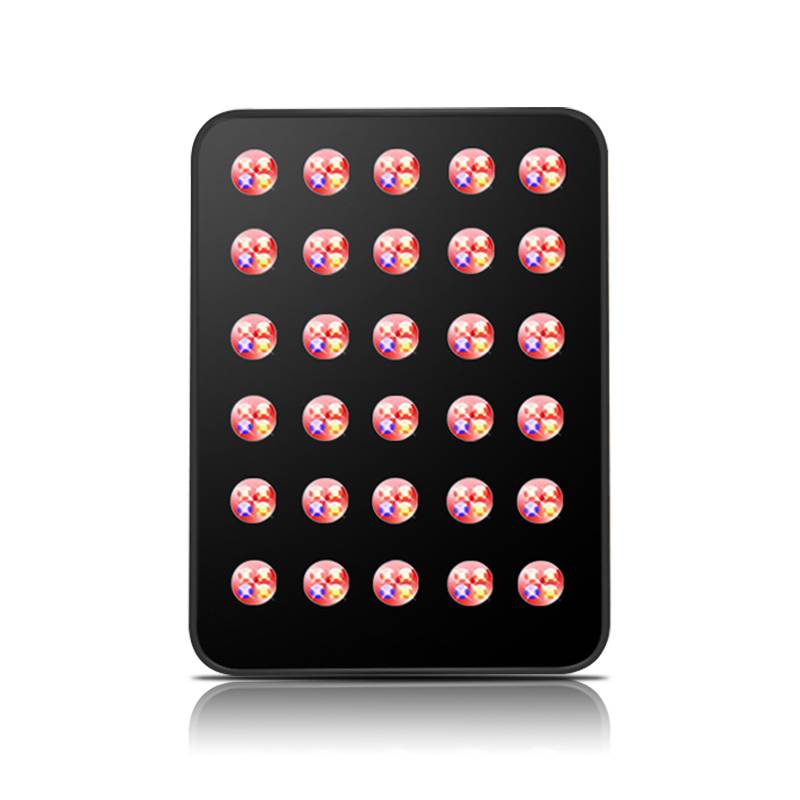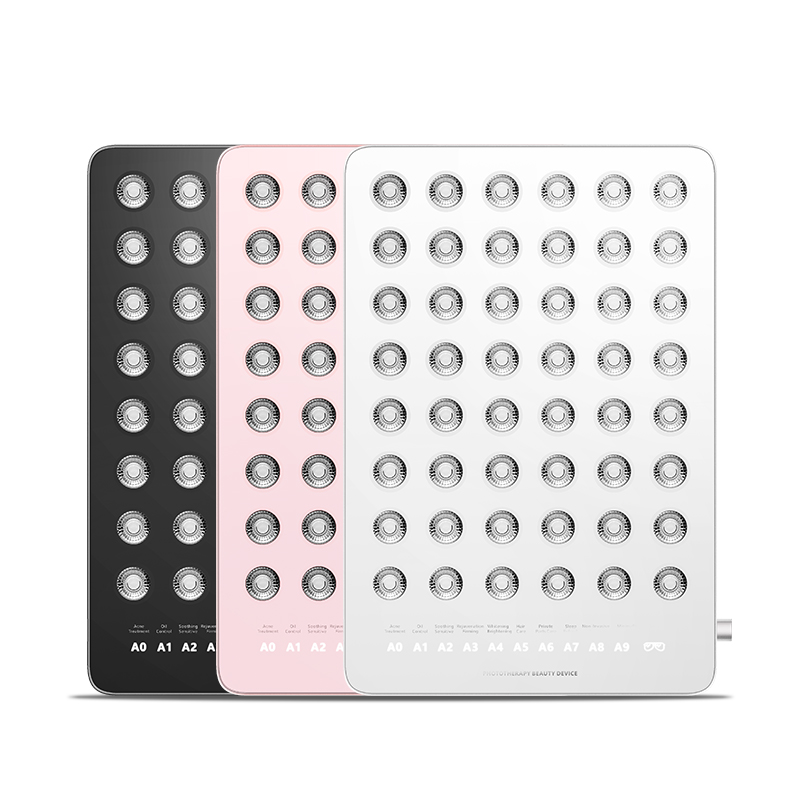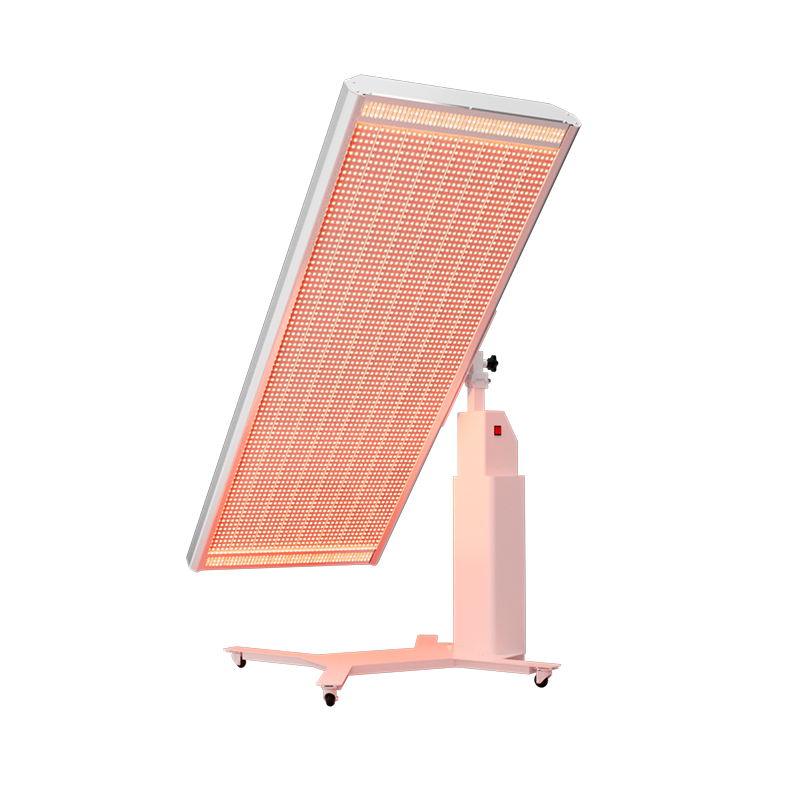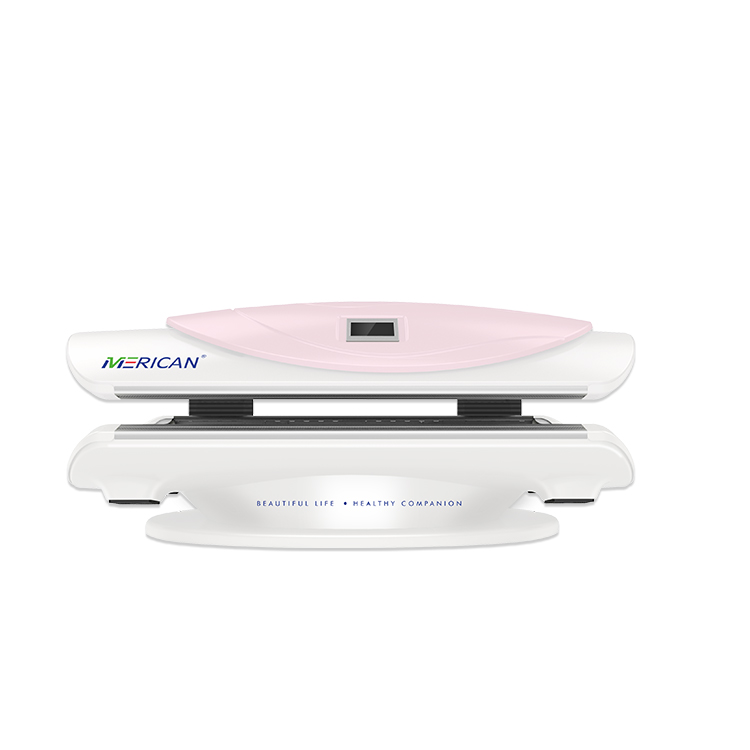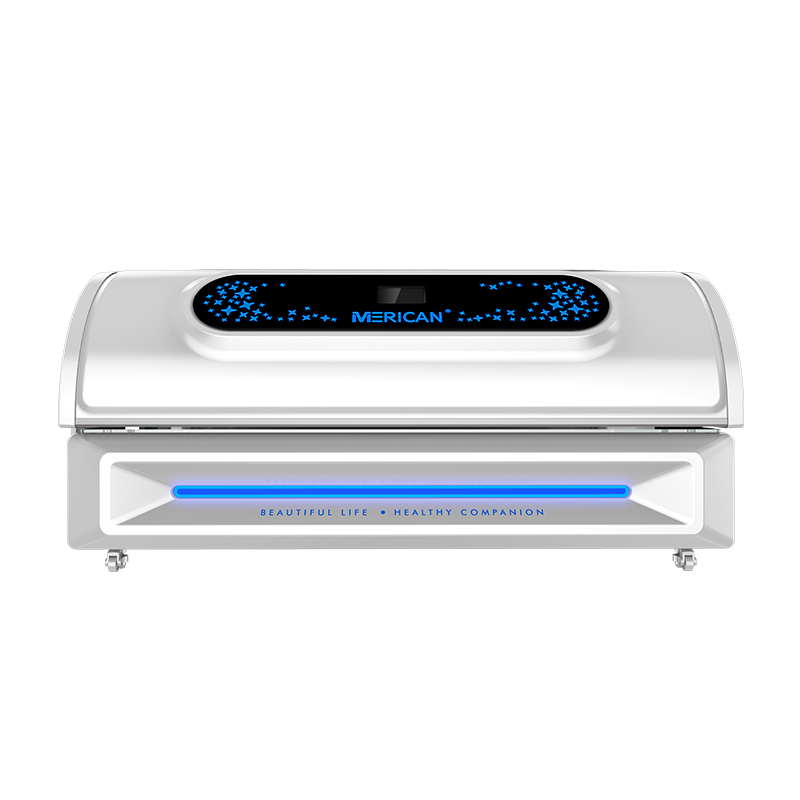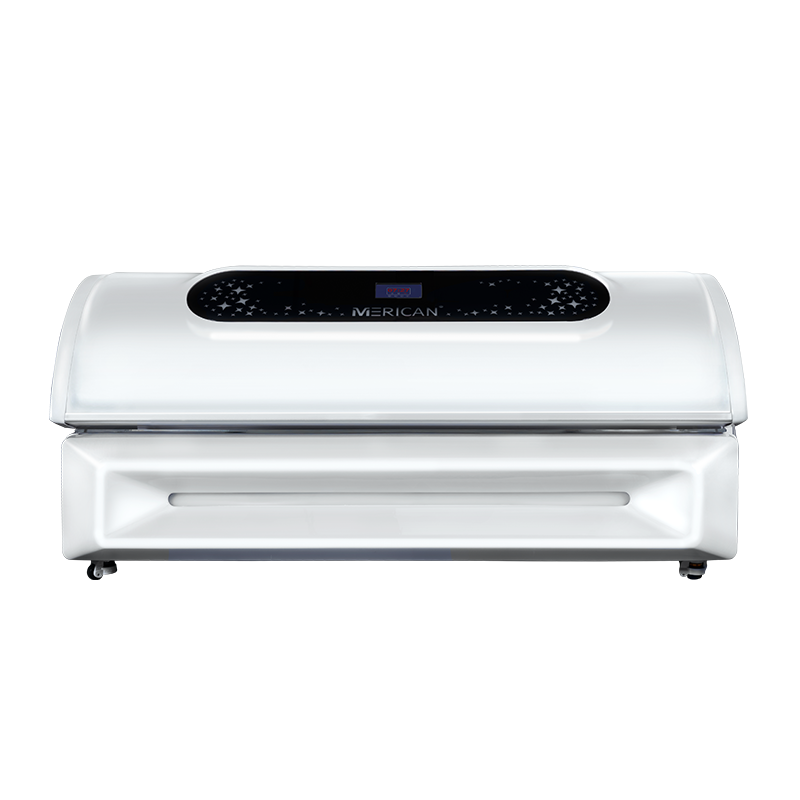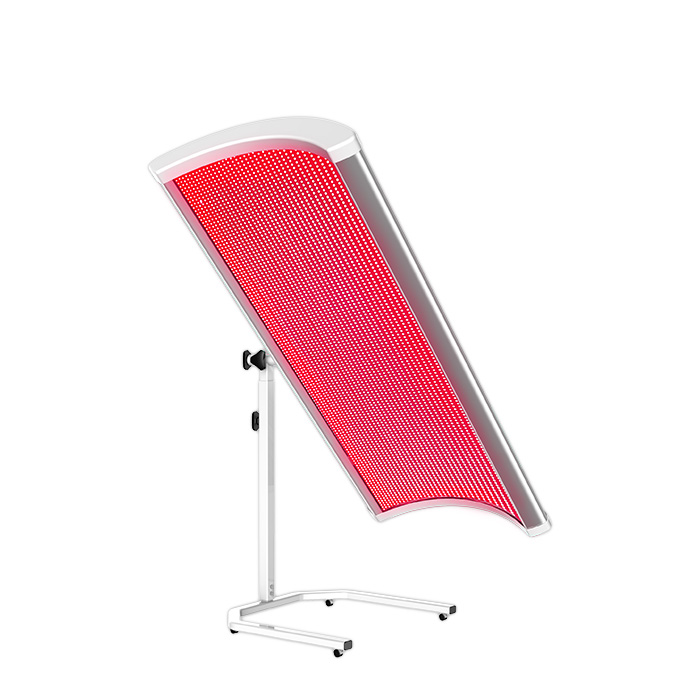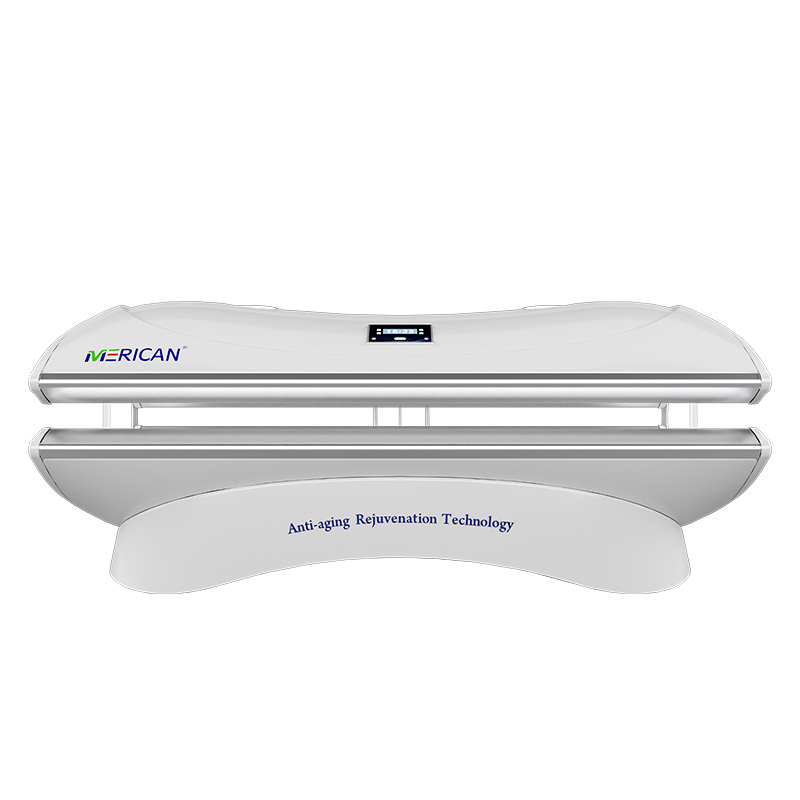D'abord:Introduction to Red Light Therapy
Thérapie par la lumière rouge (RLT), ou thérapie par la lumière rouge, est une technique thérapeutique qui utilise des longueurs d'onde de faible puissance de lumière rouge ou proche infrarouge pour traiter une variété de problèmes de peau et d'autres conditions physiques..
La thérapie par la lumière rouge agit en agissant sur les mitochondries, les « centrales électriques » dans les cellules du corps. With more energy, other cells are able to work more efficiently, such as repairing the skin, promoting new cell growth, and enhancing the skin’s ability to regenerate. Specific cells absorb specific wavelengths of light and are stimulated to start working. Red light therapy may help stimulate the production of collagen, which gives the skin its structure, force et élasticité. It may also increase the production of fibroblasts, which make collagen. Collagen is part of the connective tissue that builds the skin. En outre, it may increase blood circulation to the tissues and reduce cellular inflammation.
RLT is an FDA-approved treatment that helps repair skin, muscle tissue and other parts of the body. It utilizes low-power red light to activate mitochondria and boost cellular metabolic processes to heal and improve the body. Safe and effective, this clinically proven treatment promotes natural collagen production and has been shown to be effective in improving skin health, relieving joint pain, Promouvoir la récupération musculaire, stimulating hair growth, and accelerating wound healing.
Second:Role and benefits of red light therapy
(i) Promotion of collagen production
Research has shown that red light therapy can significantly boost collagen production. A study of 50 women between the ages of 40 et 60 found that after 8 weeks of red light therapy, the participants’ skin collagen levels increased by an average of 30%. This meant that wrinkles and scars were visibly reduced. Collagen gives skin structure, force et élasticité, and by stimulating fibroblasts to produce collagen, red light therapy gives skin a youthful and healthy appearance.
(ii) Improvement of skin health
Red light therapy has positive therapeutic effects on skin problems such as acne, psoriasis and rosacea. It promotes the growth of new healthy skin tissue and reduces inflammation. Par exemple, in a study of 100 acne patients, acne symptoms were significantly reduced after 4 weeks of treatment with Red Light Therapy. Red light therapy improves various skin problems by regulating the metabolism of skin cells and strengthening the skin’s immunity.
(iii) Relief of joint pain
Red light therapy reduces inflammation and arthritis pain. It improves the repair of cartilage between joints and reduces inflammation by stimulating cellular energy production. Many patients suffering from arthritis experience pain relief and increased joint mobility after receiving red light therapy. One study showed that after 6 weeks of Red Light Therapy, arthritis patients experienced an average 40% reduction in pain.
(iv) Promoting muscle recovery
Red light therapy helps reduce delayed muscle soreness and prevent sports-related muscle injuries, and improves muscle fatigue resistance. Athletes using red light therapy after training can speed up muscle recovery and reduce muscle fatigue. Studies have shown that athletes who received red light therapy had a 30% shorter recovery time after high-intensity training than those who did not receive the treatment.
(V) Promoting hair growth
Red light therapy has potential benefits for hair. It can increase blood flow and oxygen supply, promote hair growth and prevent hair loss. Some studies have found that the use of red light therapy to treat patients with hair loss significantly increased the density of their hair after several months of treatment. Red light therapy supports healthy hair growth by stimulating the growth and metabolism of hair follicle cells.
(vi) Accelerating wound healing
Red light therapy can speed up the recovery time of wounds. Many studies have shown that it is also very effective on the wounds of diabetic patients. Red light therapy can promote cell proliferation and collagen synthesis, accelerating the wound healing process. In a study of diabetic wounds, patients treated with red light therapy had a 50% reduction in wound healing time compared to untreated patients.
Third: Recommendations for the use of red light therapy
Red light therapy has some feasibility for use at bedtime, but its effects and side effects need to be carefully considered.
In terms of action, red light therapy promotes recovery and repair of the body. If you have performed intense exercise or work during the day, your body may experience symptoms such as fatigue and muscle soreness. Using red light therapy before bedtime can promote muscle recovery, reduce delayed muscle soreness, improve muscle fatigue resistance, and help the body recover better during sleep. En plus, red light therapy can promote collagen production and improve skin health, and for those concerned with skin care, using it before bedtime may offer some benefits. Aussi, red light therapy has potential benefits for the hair, increasing blood flow and oxygen supply, promoting hair growth and preventing hair loss. For those with hair loss issues, using red light therapy before bed may be helpful.
Cependant, there are some issues to be aware of in terms of side effects. If used incorrectly, red light therapy may cause symptoms such as eyestrain, photosensitivity, headaches and skin tightness. When using it before bedtime, it is especially important to avoid direct light to the eyes to avoid eye discomfort. If you are sensitive to red light, skin irritation and allergic reactions may occur. En outre, prolonged exposure to red light may lead to uncomfortable symptoms such as fatigue and headache, which may affect the quality of sleep.
Donc, the following measures are recommended when using red light therapy before bedtime:
1. under the guidance of a professional to ensure proper use of the device and avoid side effects.
2. Avoid direct exposure of light to the eyes, either by wearing an eye mask or using a light-blocking device.
3. If you are sensitive to red light, you can conduct a local skin test before use to observe whether there is any allergic reaction.
4. Control the time of use, avoid too long exposure to red light. Generally speaking, each use should not exceed 30 minutes.
5. Observe the body’s reaction after use, if there are symptoms of discomfort, you should stop using it in time and take appropriate treatment measures.
En conclusion, whether to use red light therapy before bedtime needs to be considered according to individual circumstances. If it can be used correctly and care is taken to avoid side effects, red light therapy may bring some benefits to the body before bedtime. Cependant, if there are doubts or uncertainties, it is best to consult a professional first.
Summary of the use of red light therapy
Red light therapy is a non-invasive and often safe way to help prepare your body for restful sleep.
Red light therapy works by applying specific wavelengths of red light to the body’s cells to promote cellular metabolism and energy production. By using red light therapy before bedtime, you can take advantage of its ability to promote your body’s recovery and repair, creating the conditions for a good night’s sleep.
In terms of improving blood circulation, red light therapy dilates microvessels and increases the rate of blood circulation. This helps deliver nutrients to all parts of the body, including the brain and muscle tissue. Before bedtime, good blood circulation can help the body relax, reduce fatigue and prepare it for sleep. D'après les recherches, red light therapy dilates blood vessels, augmente la circulation sanguine, and improves oxygen saturation and nutrient supply to localized tissues, which helps relieve pain and promote wound healing. Par exemple, in some clinical studies, patients with diabetic foot ulcers who were treated with red light therapy experienced a significant reduction in the size of their ulcers and healed much faster than with traditional treatments. This suggests that red light therapy has a significant effect on improving blood circulation, and good blood circulation is essential for physical relaxation and quality of sleep before bedtime.
In terms of promoting repair and regeneration, red light therapy helps to speed up cell metabolism and improve cell regeneration. After a day of activity, the body may have some minor injuries, such as muscle micro-damage. Using red light therapy before going to bed can accelerate the repair of these damages, allowing the body to recover better during sleep. It also has a positive effect on the repair of the skin, helping to keep it in a healthy condition.
Cependant, there are some things to keep in mind when using red light therapy. First of all, make sure that you are under the guidance of a professional who understands the proper use and precautions to take. Par exemple, before performing red light therapy, the doctor will clean and sterilize the patient’s skin to ensure that the treatment area is clean and hygienic. En même temps, the doctor will set the parameters of the red light therapy device according to the patient’s specific conditions, such as the treatment time, light intensity and treatment frequency. Deuxièmement, it is important to avoid direct exposure of light to the eyes to avoid damage. Red light therapy device generally can not irradiate the eyes and the abdomen of pregnant women, especially ultraviolet light, blue light can cause damage to the corneal lens and retina, red light therapy device irradiation of pregnant women’s abdomen will affect the healthy development of the fetus. En outre, pregnant and lactating women should use red light therapy with caution. For people who are sensitive to red light, you can conduct a local skin test before use to observe whether there is an allergic reaction. En cas d'inconfort, stop using it and take appropriate treatment measures.
En conclusion, thérapie par la lumière rouge, as a non-invasive and usually safe method, can prepare the body for restful sleep when used correctly. Cependant, professional advice and precautions need to be followed carefully in order to maximize its positive effects while avoiding possible side effects.

